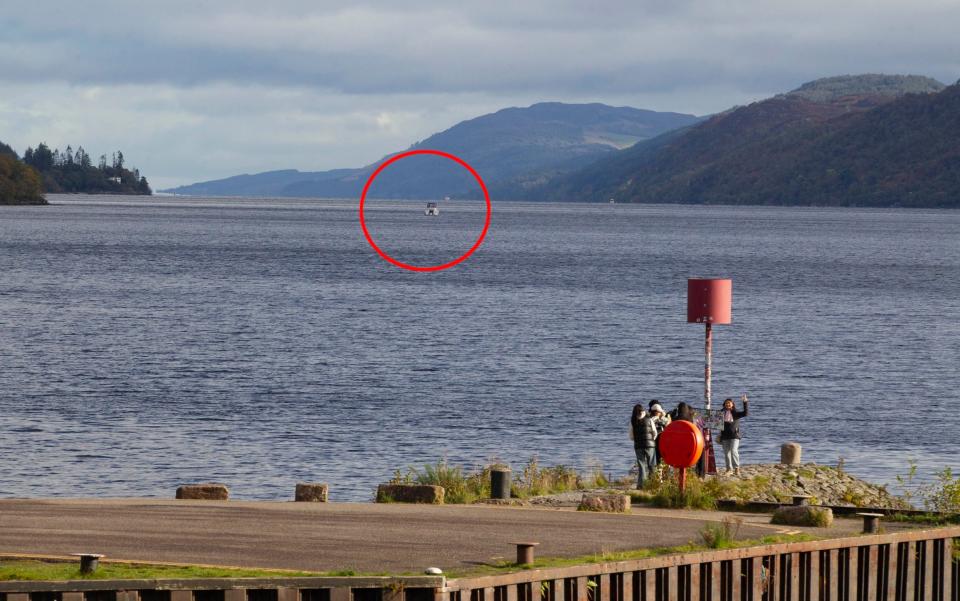


The Loch Ness monster has been found by a tourist ship’s sonar system, its captain has claimed.
Shaun Sloggie, 30, was preparing his Spirit of Loch Ness pleasure boat to sail last month when a large object was spotted on the ship’s on-board underwater radar.
The outline, detected nearly 100ft beneath the surface of the Highland loch, bears an eerie resemblance to a plesiosaur which many have speculated could be the reptile group the fabled Loch Ness Monster belongs to.
The footage has reignited speculation that Nessie, the creature alleged to inhabit the large body of water near Inverness, might really exist.
“I said, ‘What the hell is that?’,” recalled Mr Sloggie of the sighting on September 22.
“It was bigger than anything else I’ve ever seen. We’ve seen all sorts of fish that shouldn’t be here, but this? This was different. You should have felt the chills on the boat.”
Speaking to the Daily Mail newspaper, he added: “I’ve worked here for nine years and never seen anything like it.
“And sonar doesn’t lie, the boat hasn’t been on five whisky distillery tours before going out on the loch, it’s just doing its job.”

Mr Sloggie, who works for Cruise Loch Ness, said the object remained visible for two to three minutes and that he and maritime pilot Liam McKenzie, 29, were able to take a screenshot before it disappeared from the dashboard.
He said it appeared in different colours, which are thought to indicate pockets of air and heat signatures which would suggest the object was alive.
A previous sonar image captured on Loch Ness in 2020 was said to be the most “compelling” evidence yet of the existence of Nessie.
Mr Sloggie said the previous image was believed to show a creature “eight to 10 metres long and one metre wide” but speculated that the new object was “a lot bigger than that”.
The image was captured while the boat was close to the mouth of the loch, which Mr Sloggie said was the ideal location for a large predator to catch salmon and other fish going in and out.
“There are fish in the loch that shouldn’t be here. There are prehistoric creatures living in the loch and unknown codes of DNA, so there is room for mystery,” he said.
“This could change the angle of science on the loch. But how do you find out what it is? I’ve always known there’s something there. What it is, is a mystery. But it definitely springs open people’s imaginations. It’s not just about tourism, there’s real science in studying the loch.”


With a depth of 240 metres and a length of about 23 miles, Loch Ness has the largest volume of freshwater in Great Britain. It is thought to be about 10,000 years old and was formed at the end of the last Great Ice Age.
An official register of sightings has now logged 1,157 reports – including webcam images – from records and other evidence stretching back through the centuries.
On May 2, 1933, the Inverness Courier carried a story about a local couple who claimed to have seen “an enormous animal rolling and plunging on the surface”.
Another famous claimed sighting is a photograph taken in 1934 by Colonel Robert Kenneth Wilson.
It was later exposed as a hoax by one of the participants, Chris Spurling, who, on his deathbed, revealed that the pictures were staged.
Other sightings include James Gray’s picture from 2001 when he and friend Peter Levings were out fishing on the Loch, while namesake Hugh Gray’s blurred photo of what appears to be a large sea creature was published in the Daily Express in 1933.